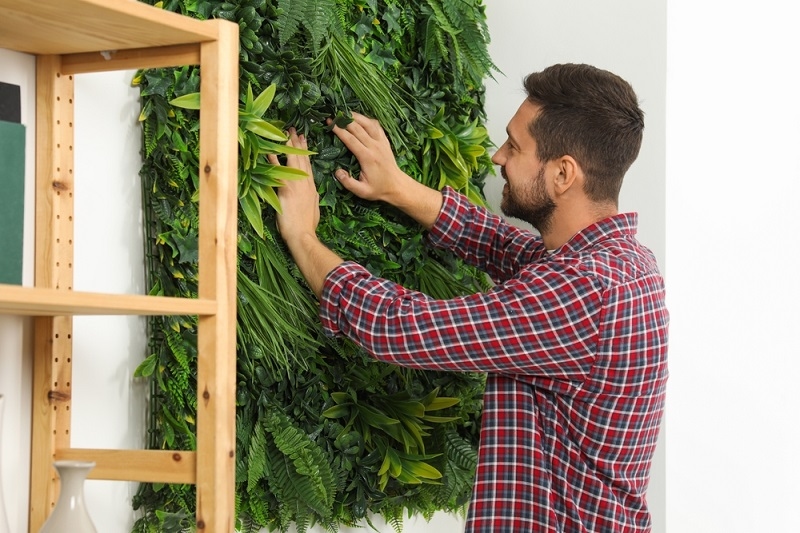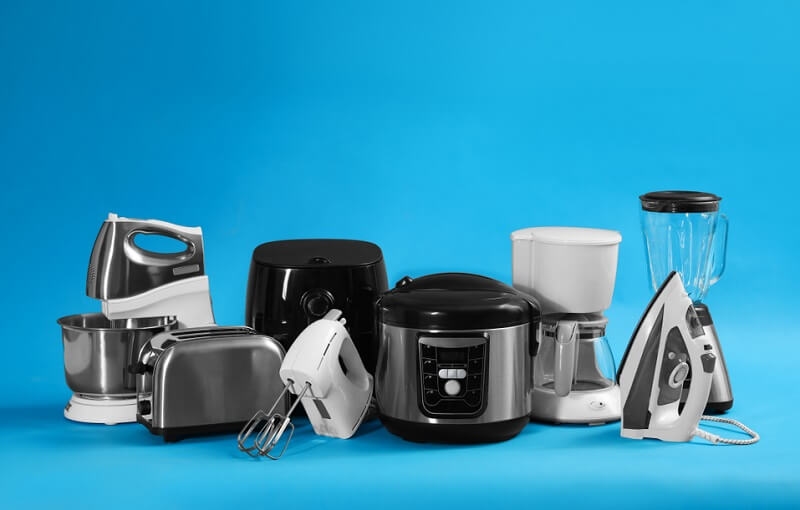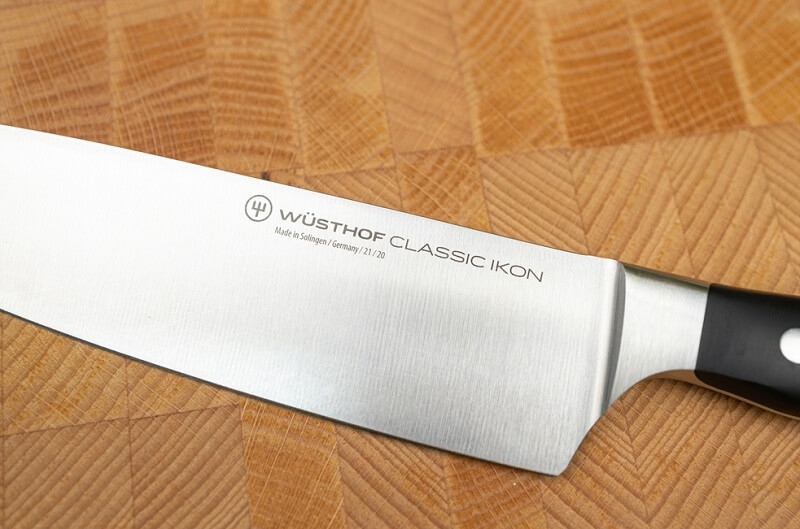Creating an Outdoor Garden: A Beginner's Guide For You
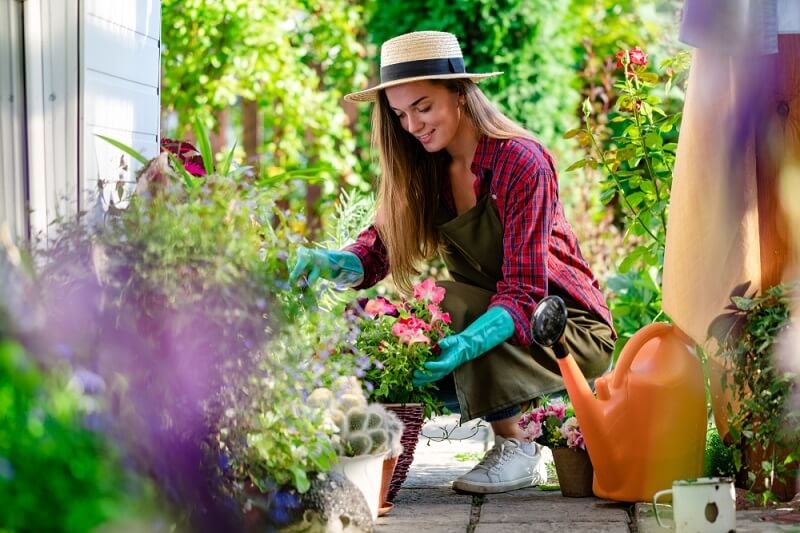
An outdoor garden can be a sanctuary for both the soul and the eyes. Whether you're dreaming of a lush vegetable patch, a haven for wildlife, or a serene spot to unwind, gardens offer endless rewards. But for beginners, diving into gardening can be overwhelming. Lets demystify the process and take you step-by-step through creating your own outdoor paradise.
Envision Your Space
Before you buy seeds or saplings, visualize your dream garden. Consider the purpose is it for relaxation, vegetable cultivation, or aesthetic appeal? A clear vision will guide your efforts and resources. Most plants require a good amount of sunlight, so observe your outdoor space through the day to see which areas receive adequate sunlight (usually 6-8 hours). Some plants thrive in shade, so it's essential to match the plant to its ideal location. Garden Goods Direct has offers for all varities of garden items for you.
Gardening is an ongoing experiment. Some plants may thrive beyond your expectations, while others might struggle. Don't be afraid to try new techniques, switch up plant placements, or introduce different varieties. Gardening is about learning from both successes and failures. A vibrant garden is one that supports various forms of life. Incorporate features like bird feeders, bee-friendly plants, and water sources. A diverse garden not only adds beauty but also contributes to the overall health of the ecosystem.
Prepare the Soil
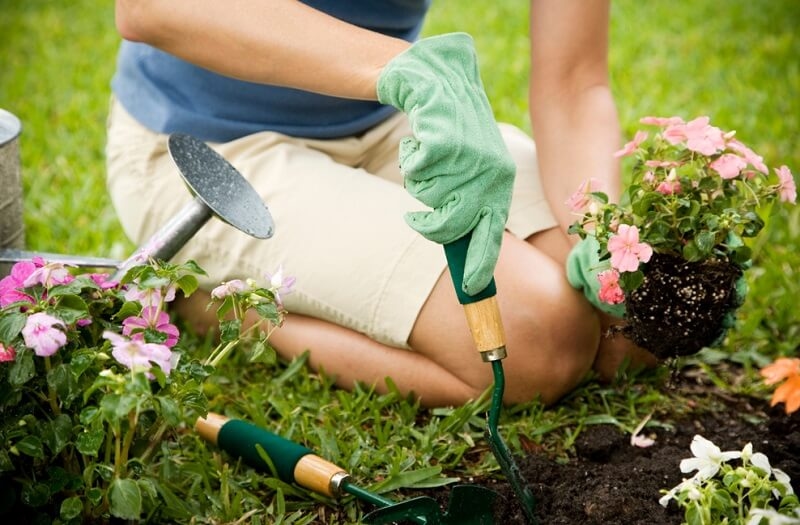
Good soil is the foundation of a successful garden. Start by clearing the area of any debris or weeds. Then, turn the soil using a garden fork or tiller, breaking up clumps and aerating it. Depending on your soil type, you may need to amend it. Gardeners has deals on anything you might need to make your gardening successful.
Sandy Soil: Retains little moisture. Improve it by adding compost or well-rotted manure.
Clay Soil: Drains slowly and can suffocate roots. Lighten it by adding organic matter and sand.
Loamy Soil: Ideal for gardening as it retains moisture but drains well.
Decide on Plants
There are countless plants to choose from, and your selection should depend on:
Climate & Season: Some plants thrive in specific conditions. Research or consult local nurseries about plants suited to your region.
Maintenance Level: Some plants require more care than others. Ensure you can provide the time and effort needed.
Seed Planting Time
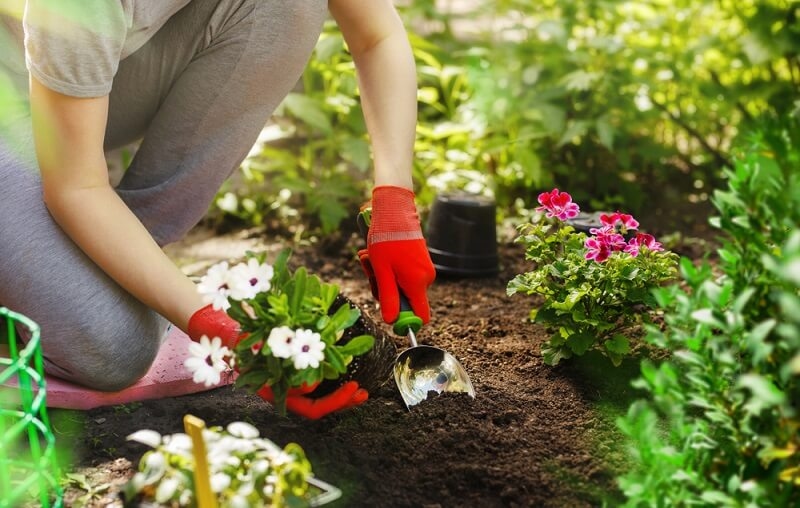
Follow these general guidelines:
Seeds: Plant them at a depth of approximately twice their size and water lightly. Some seeds may benefit from soaking or a period of cold stratification.
Saplings/Plants: Dig a hole about twice as wide as the root ball. Place the plant so that it's level with the ground and fill in with soil, patting down gently.
Embrace Sustainability
Incorporate sustainable practices into your garden to minimize its impact on the environment:
Composting: Create a compost bin for kitchen scraps and garden waste. Compost adds nutrients to your soil and reduces landfill waste.
Rainwater Harvesting: Set up rain barrels to collect rainwater for watering. This reduces your reliance on municipal water and conserves resources.
Native Plants: Choose native plants whenever possible. They are adapted to the local environment and require less water and maintenance.
Avoid Chemicals: Opt for natural pest control methods to avoid harming beneficial insects and the ecosystem. Chemical pesticides can disrupt the balance of your garden.
Create Garden Zones
Divide your garden into different zones based on water needs and sunlight exposure. This approach, called "zonation," helps you efficiently manage your garden and ensure that each plant gets the right conditions.
Zone 1: High-maintenance plants that need frequent attention, like vegetable beds or a cutting garden.
Zone 2: Moderately low-maintenance plants that need regular but less frequent care.
Zone 3: Low-maintenance plants or trees that require minimal intervention once established.
Watering It Wisely
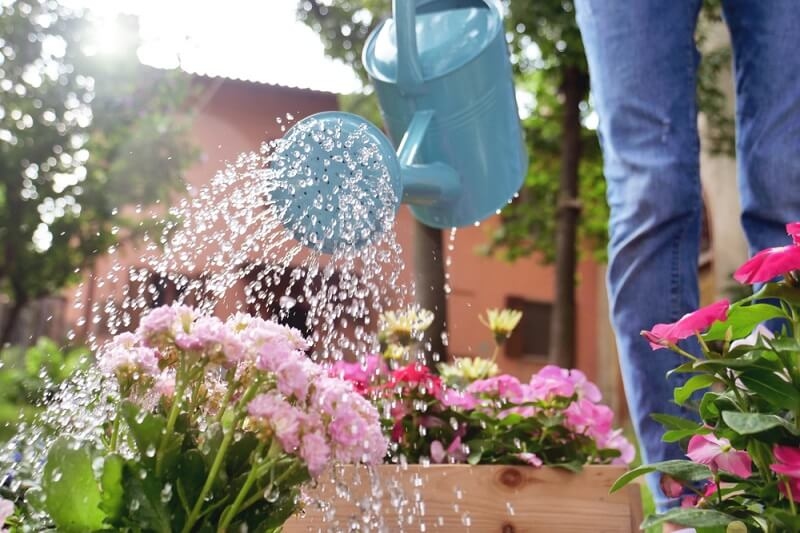
The key to watering is consistency. Early morning is the best time since it reduces evaporation. Make sure to water deeply and infrequently rather than shallow and often, to encourage deep root growth. Use a soaker hose or drip irrigation for best results. Mulch serves multiple purposes: it conserves moisture, suppresses weeds, and improves soil health. Organic mulches like straw, leaves, or bark break down over time and enrich the soil.
Regularly check your garden for signs of pests or diseases. Natural methods, such as companion planting or introducing beneficial insects, can be effective deterrents. Prune plants to encourage growth and maintain their shape. Fertilize if necessary, but always follow recommended dosages.
Gardening isn't just about the results. The process the feel of soil in your hands, the joy of watching a seedling grow is therapeutic. Allow yourself to enjoy every moment, even the challenges. As seasons change and you gain experience, you might want to expand your garden or delve into specialized gardening, like creating a butterfly garden or growing exotic herbs. There's always something new to learn in gardening, making it a hobby you can cherish for a lifetime. Garden In Minutes has discounts on modular gardens and watering facilities to make gardening a hassle-free process.
Record Keeping & Aesthetics
Maintain a garden journal or use a gardening app to track your progress. Note planting dates, observations about plant growth, weather conditions, and any changes you make. This record will serve as a valuable resource for future reference. As your garden matures, pay attention to its design and aesthetics. Consider factors like color schemes, plant heights, and textures. Paths, garden structures, and decorative elements can add a touch of artistry to your outdoor space.
Join local gardening clubs, online forums, or social media groups to connect with fellow garden enthusiasts. Sharing experiences, swapping tips, and learning from others can enhance your gardening journey. Gardening isn't limited to spring and summer. Fall is an excellent time to plant perennials, bulbs, and trees. Winter care involves protecting sensitive plants from frost and maintaining any cold-season crops. Be conscious of your water usage. Consider using a drip irrigation system with a timer to deliver water directly to plant roots. This reduces water wastage and promotes efficient hydration.
As the years pass, your garden will evolve, offering memories and lessons. Take time to reflect on how your garden has grown, changed, and impacted your life. Perhaps you've witnessed the arrival of butterflies, shared harvests with friends, or simply found solace in its beauty.
Conclusion
Creating an outdoor garden is a journey, not a destination. Each step offers lessons and rewards. As you watch your garden flourish, you'll find that not only have you cultivated plants, but resilience, patience, and a deeper connection to nature. Dive in, let your hands get dirty, and your soul refreshed!
This content was created by AI



